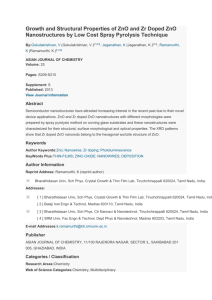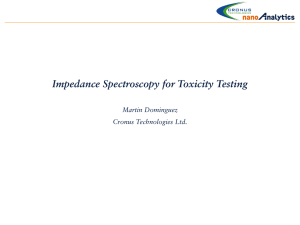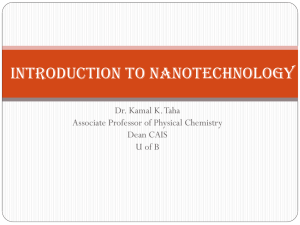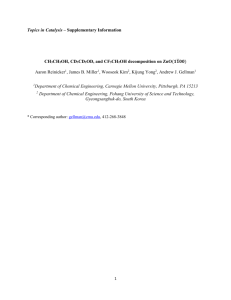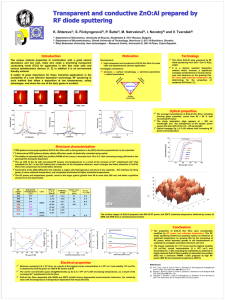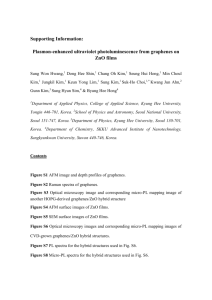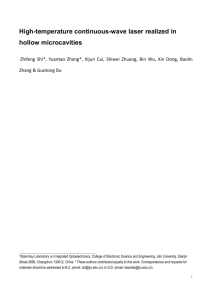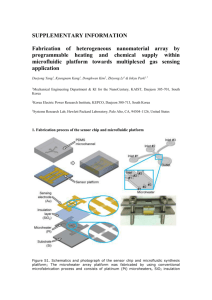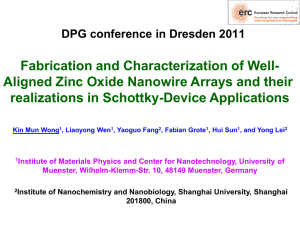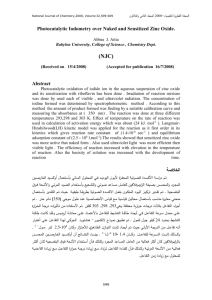Supporting Information - Springer Static Content Server
advertisement
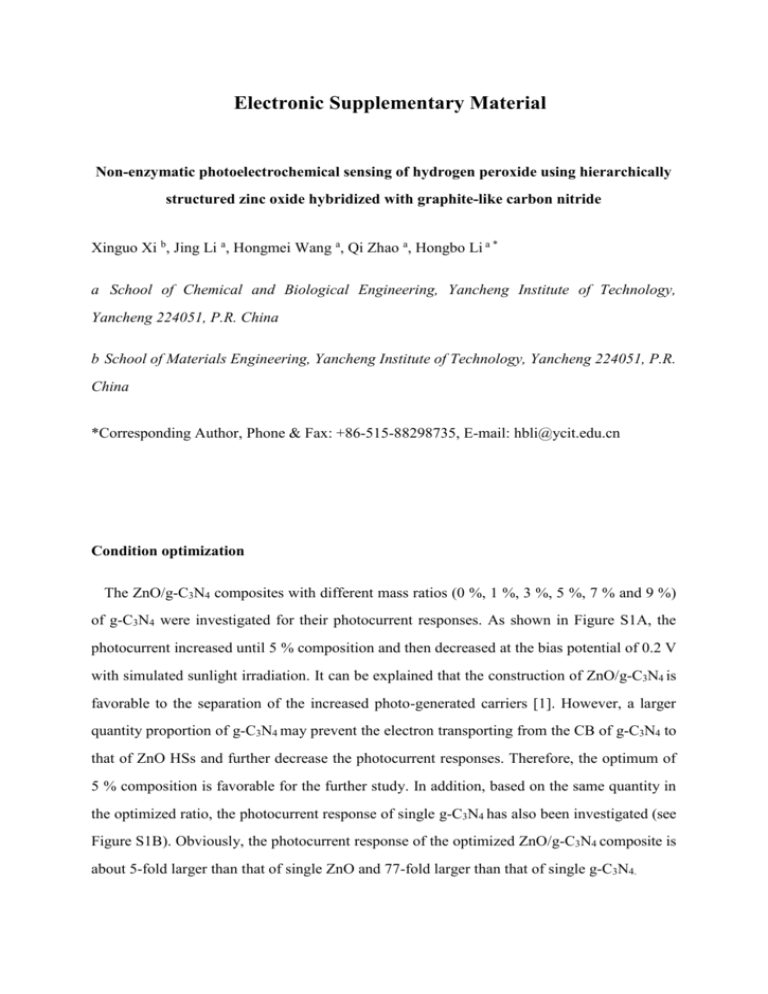
Electronic Supplementary Material Non-enzymatic photoelectrochemical sensing of hydrogen peroxide using hierarchically structured zinc oxide hybridized with graphite-like carbon nitride Xinguo Xi b, Jing Li a, Hongmei Wang a, Qi Zhao a, Hongbo Li a * a School of Chemical and Biological Engineering, Yancheng Institute of Technology, Yancheng 224051, P.R. China b School of Materials Engineering, Yancheng Institute of Technology, Yancheng 224051, P.R. China *Corresponding Author, Phone & Fax: +86-515-88298735, E-mail: hbli@ycit.edu.cn Condition optimization The ZnO/g-C3N4 composites with different mass ratios (0 %, 1 %, 3 %, 5 %, 7 % and 9 %) of g-C3N4 were investigated for their photocurrent responses. As shown in Figure S1A, the photocurrent increased until 5 % composition and then decreased at the bias potential of 0.2 V with simulated sunlight irradiation. It can be explained that the construction of ZnO/g-C3N4 is favorable to the separation of the increased photo-generated carriers [1]. However, a larger quantity proportion of g-C3N4 may prevent the electron transporting from the CB of g-C3N4 to that of ZnO HSs and further decrease the photocurrent responses. Therefore, the optimum of 5 % composition is favorable for the further study. In addition, based on the same quantity in the optimized ratio, the photocurrent response of single g-C3N4 has also been investigated (see Figure S1B). Obviously, the photocurrent response of the optimized ZnO/g-C3N4 composite is about 5-fold larger than that of single ZnO and 77-fold larger than that of single g-C3N4. Figure S1. Effects of the mass ratio (A) of g-C3N4 to ZnO HSs on the photocurrent response and the photocurrent response of single g-C3N4 (B) in 0.1 M PBS (pH 7.0) at a bias voltage of 0.2 V upon a 250 W tungsten halogen light excitation. XPS Characterization of ZnO and C3N4 The composition and chemical status of the sample were also confirmed by XPS technique. Figure S2 displays the X-Ray photoelectron survey spectrum (A), high-magnification of g-C3N4 (B) and the corresponding high-resolution spectra of Zn 2p (C), O 1s (D), N 1s (E), C 1s (F) from the ZnO/g-C3N4. As can be seen in Figure 3(C), the two peaks at binding energies of 1021 eV and 1044 eV correspond to the photo-splitting electrons, Zn2+ 2p3/2 and Zn2+ 2p1/2, respectively. This indicates that Zn in the sample is in the form of Zn2+ [2]. Figure 3(D) shows the O 1s binding energy of ZnO HSs at 529.5 eV and 531.3 eV, respectively, which can be assigned to the metallic oxide (O2-) in the ZnO lattice [3]. The N 1s peak XPS spectrum is deconvoluted into three Gaussian−Lorenzian peaks centered at 398.5, 400.2, and 403.5 eV (Figure 3E), which can be attributed to the pyridinic-like nitrogen (N−sp2C), graphitic nitrogen (N−(C)3), as well as the charging effects, respectively, in accordance with the reported results [4]. As indicated in Figure 3F, the peak centered at 284.7 eV can be ascribed to the C−C coordination of the surface adventitious carbon, whereas the peaks at 286.8 eV and 289.4 eV correspond to C-N-C bonds and sp3-bonded C in C−N of g-C3N4, respectively [5]. The above investigations strongly confirm that the composite of hierarchical structured ZnO hybridized with g-C3N4. Figure S2. X-Ray photoelectron survey spectrum (A), high-magnification of g-C3N4 (B) and the corresponding high-resolution spectra of Zn 2p (C), O 1s (D), N 1s (E), C 1s (F) that are obtained from the ZnO HSs/g-C3N4 (g-C3N4 contents: 5 wt %). References [1] Tang Y B, Chen Z H, Song H S, Lee C S, Cong H T, Cheng H M, Zhang W J, Bello I, Lee S T (2008) Vertically aligned p-type single-crystalline GaN nanorod arrays on n-type Si for heterojunction photovoltaic cells. Nano Lett 8: 4191 [2] Sun J X, Yuan Y P, Qiu L G, Jiang X, Xie A J, Shen Y H, Zhu J F (2012) Fabrication of composite photocatalyst g-C3N4–ZnO and enhancement of photocatalytic activity under visible light. Dalton Trans 41: 6756 [3] Lee J C, Lee J E, Lee J W, Lee J C, Subramaniam N G, Kang T W, Ahuja R (2014) Se concentration dependent band gap engineering in ZnO1-xSex thin film for optoelectronic applications. J Alloys Compd 585: 94 [4] Xu M, Han L, Dong S J (2013) Facile fabrication of highly efficient g-C3N4/Ag2O heterostructured photocatalysts with enhanced visible-light photocatalytic activity. ACS Appl Mater Interfaces 5: 12533 [5] Dai K, Lu L H, Liu Q, Zhu G P, Wei X Q, Bai J, Xuan L L, Wang H (2014) Sonication assisted preparation of graphene oxide/graphitic-C3N4 nanosheet hybrid with reinforced photocurrent for photocatalyst applications. Dalton Trans 43: 6295

